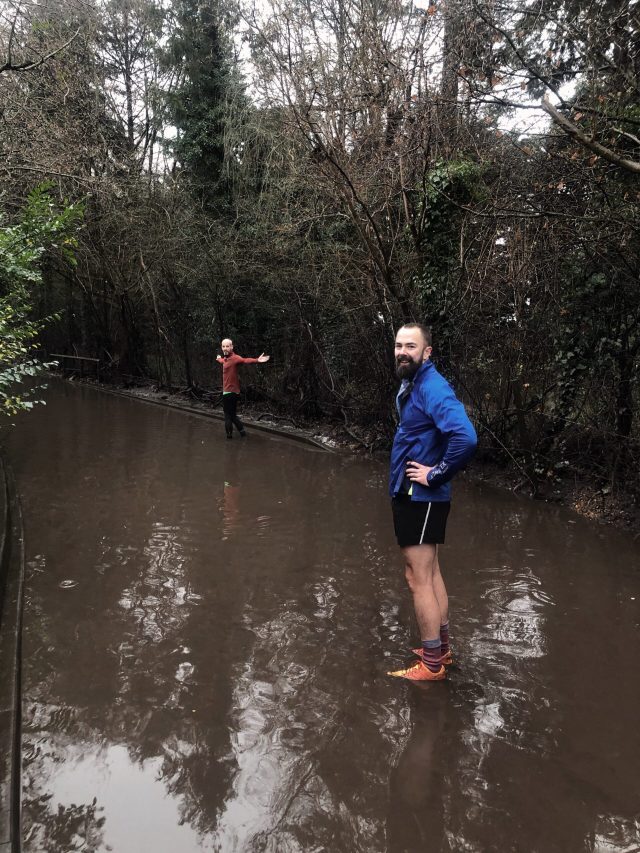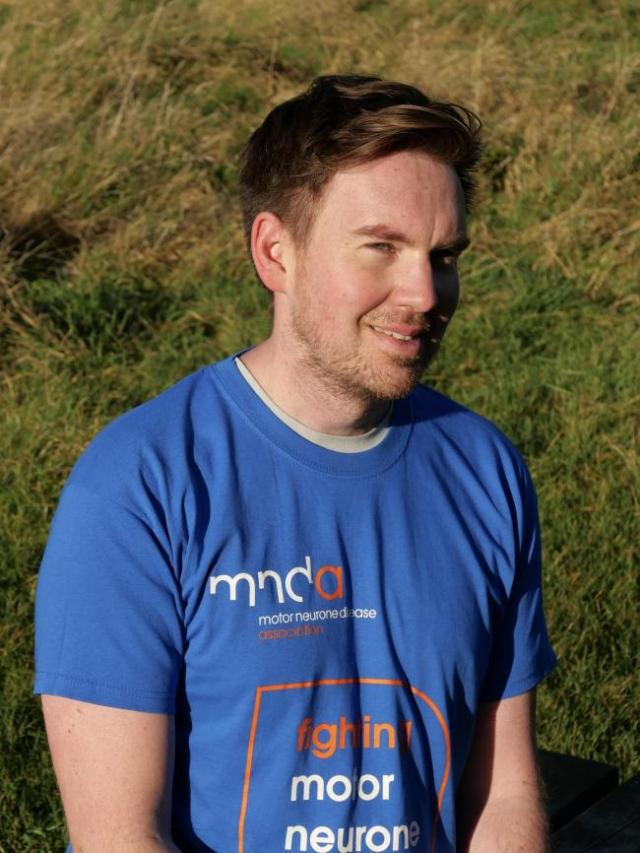December brought three significant deliveries (even before Santa came to call). The first was 20 packs (240 bottles) of Ensure Compact liquid feed for use via my pump and PEG, or as a bolus feed delivered by syringe into the PEG. That number of packs takes up quite a lot of space but is 30 days’ supply if you are totally reliant on PEG feeding. As a start I’m using Ensure Compact as a supplement to try to slow my continuing weight loss. Since I won’t be drinking from the bottles it doesn’t really matter that it’s all vanilla flavour however, from sampling a little, I know it tastes like melted salted caramel ice cream so I’m happy about that.
The second delivery comprised two new main drive motors for my wheelchair accompanied by the service engineer from Millbrook Healthcare. Only one motor failed at the start of November, but they wanted to replace both to be on the safe side. It’s wonderful to have my own wheelchair back in service. I didn’t realise how comfortable it was until we hired the temporary replacement at vast expense! I can still ‘walk’ around in the home (although I’m told my left foot is starting to drop). However, I don’t have confidence to tackle any steps and have a real fear of falling, so no outdoor walking now.
A Tobii Dynavox eye gaze tablet and stand were delivered on 14 December. I was instructed how to use it during a Zoom call; not an ideal way to get to know a new system and I still have a great deal to learn. The fact that this tablet uses Windows technology is an added complication as I have been an Apple user for years. However, the plan is that this device will be replaced with the TD Pilot iPad device in due course and in the meantime, I’m getting useful practice.
It’s frustrating that CASEE, the NHS provider of eye gaze equipment in Eastern England (based in Cambridge) is only concerned about solving spoken communication problems. If you want to talk about using an eye gaze device for writing emails, or controlling household lights, sound systems etc, you must have a separate conversation with the NHS Environmental Controls team in Hillingdon. The organisation of the NHS clearly bears no relationship to the capabilities of modern technology and certainly isn’t a ‘one stop shop’.
I forgot to mention in my November post that, while I was in hospital recently, I was prescribed a new medication intended to control my ‘emotional lability’. This fun symptom of MND is particularly prevalent in people with (brain stem) problems such as swallowing and speech.
Emotional lability can result in either uncontrollable, inappropriate laughter, or increased emotionality causing you to burst into tears at any poignant moment. Or both. I’ve not experienced the laughing (fortunately!) but I have been unable to stop myself from crying when thinking sad thoughts or listening to music. This is quite embarrassing at times. So, I’m now taking a small daily dose of Citalopram, an SSRI used as an antidepressant. It works – no more tears.
It’s not usually polite to talk about toilet problems, but as I’m primarily writing for people with MND, I will. For the last few weeks, I’ve been experiencing bloating and flatulence. It’s been difficult to pinpoint the cause because I’ve started liquid feeds and changed a few medications and there are too many variables. However, it turns out that the most likely cause is that I’m swallowing air during my overnight use of the BiPap ventilator – a condition called Aerophagia. If you’re fortunate enough to have a PEG or RIG feeding tube, there’s actually a very simple and effective solution. You’ll need a carer to help though.
The carer screws an empty enteric feeding syringe body onto the feeding tube (with the plunger removed), then releases the clip on the tube. Now the carer presses on your stomach with firm but gentle pressure. Immediately air gets expelled from your stomach, up the feeding tube and out through the open syringe with a very satisfying loud gurgling sound! You’ll find that more air comes out if you’re able to shift your position a bit. The only tricky bit is to ensure the feeding tube doesn’t contain air when it’s re-clipped and the syringe is removed. So, before doing that, using siphoning principles, lower the syringe and check that stomach liquid fills the tube. Any small amount of liquid that escapes into the syringe can be flushed away with plenty of water.
On 27 December Alex completed his 1,000 kms running challenge in support of the South Herts branch of the MNDA. In so doing he has raised over £15,000 in total, 50% above his original target. For his final run he was joined by two longstanding friends. It was a very wet day, but we welcomed them home with a Champagne reception! The way Alex has turned something as negative as MND into something so positive has given us great strength in 2021.
We enjoyed a lovely family Christmas but look forward to the New Year with a little trepidation, knowing that my time is running out. However, we remain determined to deal with the increasing problems in a pragmatic and positive way for as long as we can.
Best wishes for 2022




